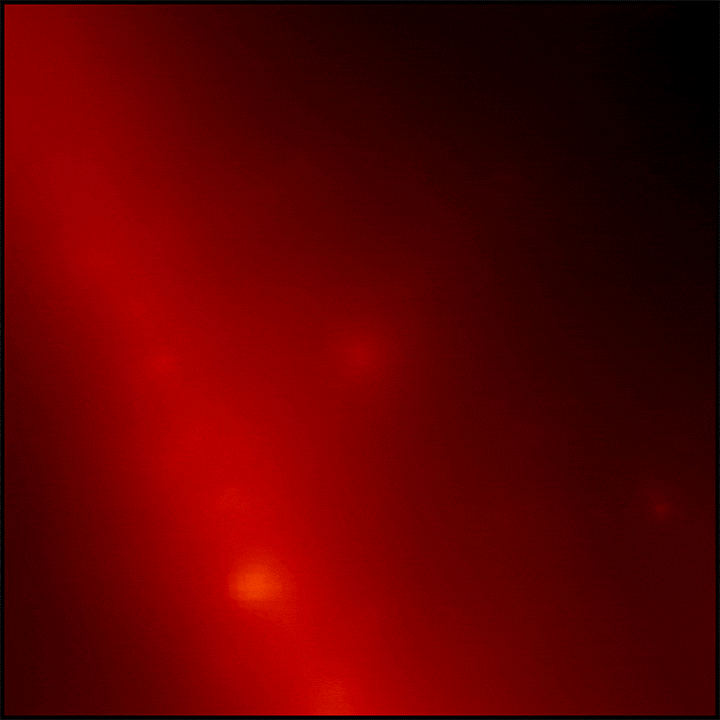:focal(542x542:543x543)/https://tf-cmsv2-smithsonianmag-media.s3.amazonaws.com/filer_public/f6/6b/f66b5f64-1351-47db-898c-192a4acd0dc6/grb.jpeg)
every once in a while we get setriously bigger ,and considering how many stars are out there, monster - monster gamma ray blasts have to be often enough that it occurs with us watching 0properly. At least we are picking up gamma ray blasts likely anywhere.
These are one off events that super charge surround material out to perhaps even a proper fraction of a light year. That material then decays back and emits light. So we get a halo effect.
Just how well are gamma rays absorbed anyway? why do we see them at all? Now compare all that to other wavelengths.
This Powerful Gamma-Ray Blast Was the ‘Brightest of All Time’
Astronomers are “in awe” of the high-energy explosion, probably caused by a giant star’s death
https://www.smithsonianmag.com/smart-news/this-powerful-gamma-ray-blast-was-the-brightest-of-all-time-180980971/
October 21, 2022 11:25 a.m.
The afterglow of the gamma-ray burst as captured by the Neil Gehrels Swift Observatory's X-ray telescope. NASA/Swift/A. Beardmore (University of Leicester)
10
On October 9, astronomers detected a bright blast of light more energetic than they had ever seen, reports Space.com’s Tereza Pultarova. Promptly, observatories across the globe turned toward the source as scientists rushed to study the phenomenon.
The blast originated 2.4 billion light-years away from Earth, researchers say. Called a gamma-ray burst (GRB), the massive explosion emitted flares of high-energy X-ray and gamma radiation and was likely spurred by a gigantic star’s collapse, according to Inverse’s Kiona Smith.
Gamma-ray bursts are the universe’s most powerful class of explosions. And compared to all others previously detected, this one is thought to be brighter by a factor of ten, as Jillian Rastinejad, an astronomer at Northwestern University whose team observed the GRB on October 14, tells Live Science’s Robert Lea. Due to its tremendous glow, astronomers have been calling this event the “BOAT”—the brightest of all time.
“It’s a once-in-a-century event, maybe once in 1,000 years,” Brendan O’Connor, an astrophysicist at the University of Maryland and George Washington University, who led a second team studying the GRB, tells Space.com. “We’re just really in awe of this event and feeling very lucky to be able to study it.”
The blast occurred more recently relative to other long gamma-ray bursts, Rastinejad tells Space.com. Scientists can look at these events to learn more about the origins of the universe’s heaviest elements, how black holes form and the secrets of dark matter, per Inverse.
And this particular burst might be a special opportunity for researchers to learn more about GRBs, including why this one was so intense.
“Because this event appears so bright to us, we will be able to study it a lot longer and in a lot better detail,” O’Connor tells Space.com. “At least 50 telescopes are looking at it right now in all wavelengths, and that will help us maximize the science.”

From Large Area Telescope data, this sequence shows gamma ray radiation over ten hours at the site of the burst. NASA / DOE / Fermi LAT Collaboration
There are two types of gamma-ray bursts, as Quanta Magazine’s Jonathan O’Callaghan wrote last year. Bursts lasting only a fraction of a second are created by a neutron star merging with either a black hole or another neutron star. Longer blasts lasting up to several minutes are thought to be triggered by a giant star’s death, creating a black hole and supernova explosion. Astronomers think this burst was the latter kind. Powerful jets of particles from the black hole likely sliced through the supernova, interacting with the star to emit high-energy radiation, per NASA.
Photons from this GRB had more energy than particles produced by the Large Hadron Collider, the world’s largest and most powerful particle accelerator, Rastinejad tells Live Science. And with light from the burst enduring for about ten minutes, this one was longer than most GRBs.
“Based on the massive energy released and long duration of the explosion, [this event] was likely caused by the collapse of a massive star with up to 30 times the mass of our sun,” O’Connor says to Live Science.
As the explosion’s gamma rays interact with space dust, they create an afterglow that can be detected for longer than the blast itself. Rastinejad and O’Connor’s teams have been using the Gemini South telescope in Chile to study this glow, Inverse reports.
Telescopes will be able to observe the recent GRB for months, until the light becomes too faint to pick up.
No comments:
Post a Comment